
The Bluetooth headsets They are not the great revolution of our century, but we must admit that they have made our lives a little easier. And it is that, although the wired headphones were practically infallible, it was not exactly pleasant to spend several minutes untangling knots before being able to listen to a song. The 'True Wireless' concept is here to stay, but wireless headphones still have many unfinished business, as is the case with the lag, quality downgrade or the codec incompatibility.
Are wired headphones better than Bluetooth?

It may seem like a lie, but no matter how much technology advances, there are solutions from the past that continue to outperform the inventions of the present. There are many types and ranges of wireless headphones, but in practice, almost no music track you listen to with one of these devices will exceed the quality we already had with the mythical CD.
Wired headphones were limited to transmitting a mechanical wave from a player's sound card to our ears. To the remove cable from the equation, what has to travel from your mobile to the headset is an electromagnetic wave. Subsequently, that information has to be transformed in the small device that you have inserted in your ear. That is the task of the DAC. But the thing does not stop there. To transmit so much data in real time using Bluetooth, it is necessary compress information. For this, famous people are used codecs. The latter are responsible for the fact that there may be a gap between what you are playing and what you are listening to, as well as the explanation of why AirPods are heard better on an iPhone than on an Android phone.
latency is the issue
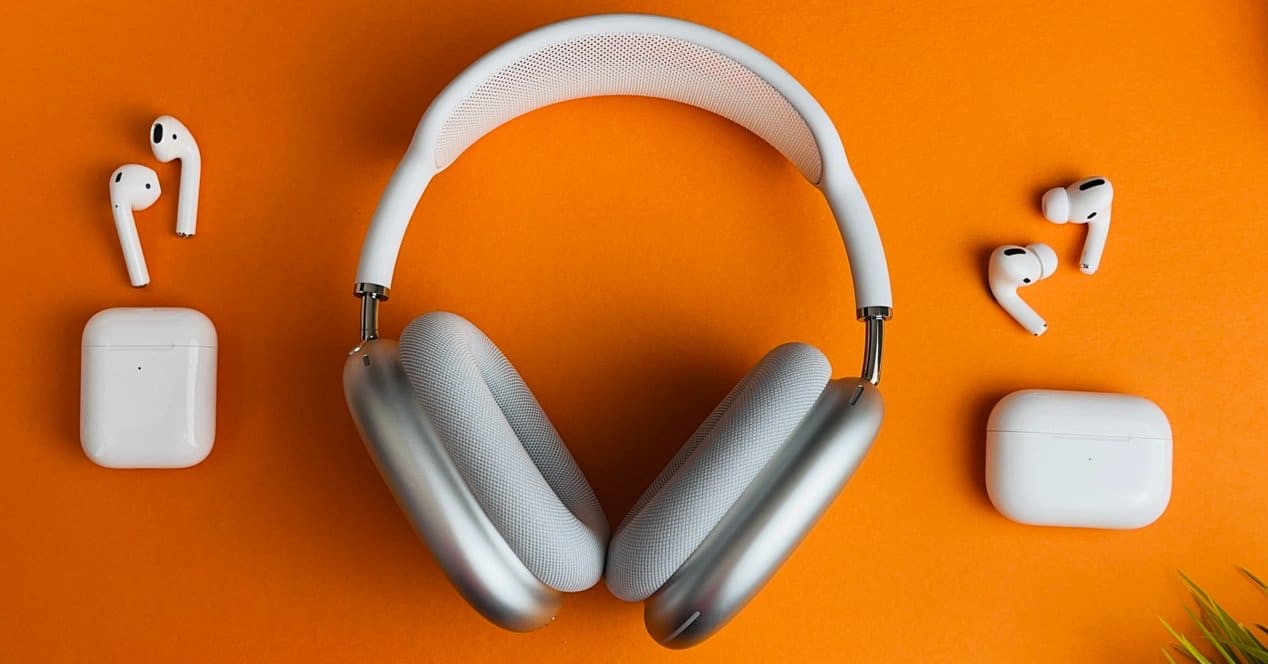
You buy some new headphones and try them with your phone. They are great for listening to Spotify or some other podcast. But one day, you discover that the series you are watching on Netflix is out of step with the sound. This problem happens less and less, as technology advances. However, it is possible that it has ever happened to you and you want to know if there is any way to solve this problem which is quite annoying when watching movies, series or YouTube videos.
That gap that you perceive between the interlocutor's lips and what you hear is the famous latency. Such a time interval always exists, even when we use cables. Latency is measured in milliseconds, and it is totally imperceptible when moving at low values. However, when latency is high, the listening experience can be completely ruined.
codecs
Each headset supports a number of codecs. The same goes for every device you are going to use as an audio source. There are better and worse codecs, but the most important thing to know is that headset and playback device must support the same codec. Especially when we talk about high-end equipment. Knowing the codecs is essential to be able to get the most out of each product and avoid the dreaded latency.
SBC
This standard was created in 1993, and is the minimum codec that any Bluetooth audio device must support. It uses the A2DP audio profile. The downside of this codec is that its compression can be greatly improved. It reaches a maximum rate of 328 kbps, and his retardation is his Achilles heel.
AAC
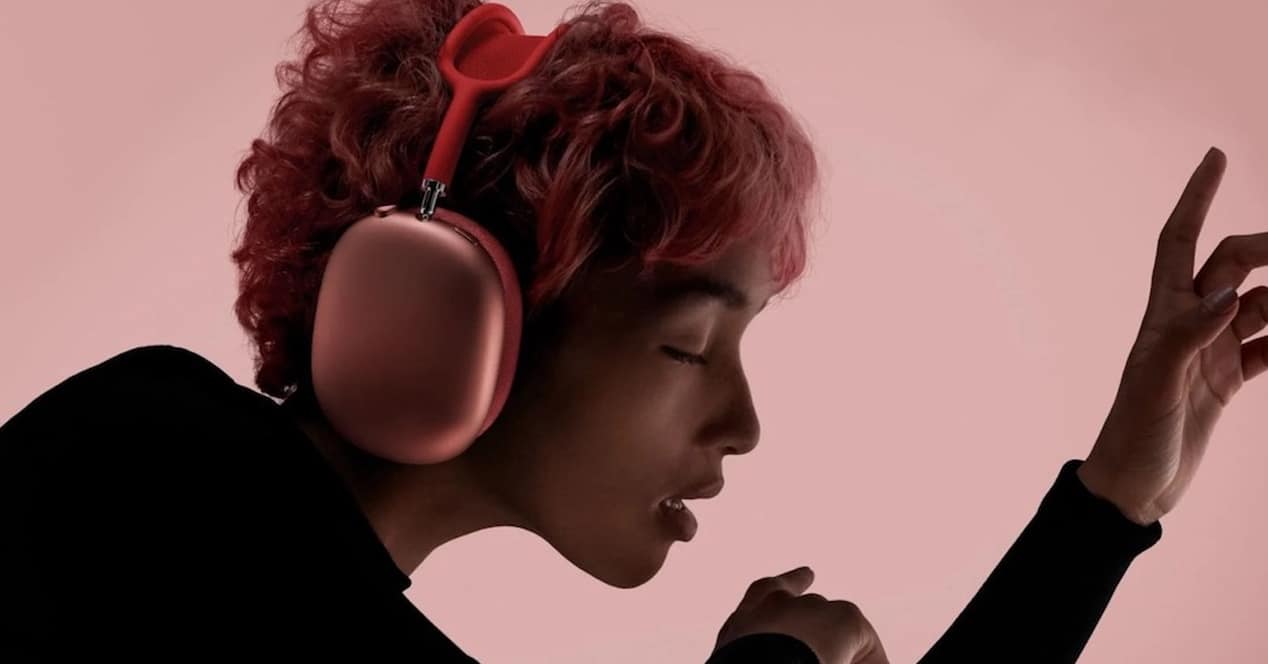
It was a development of several companies, among which AT&T, Nokia and Sony stood out, to name a few. Its audio quality is better than SBC, but its latency is even worse. It became quite popular thanks to Apple and YouTube. Despite being an old standard, it has been improving over the years, especially in the wireless transmission section.
In this codec we can include the LD-AAC and its variants, which is the one that Apple uses in its AirPods. Currently, many of its original problems have been solved thanks to its evolutions, and it can be said that it is a codec capable of facing the most advanced in the sector.
SonyLDAC
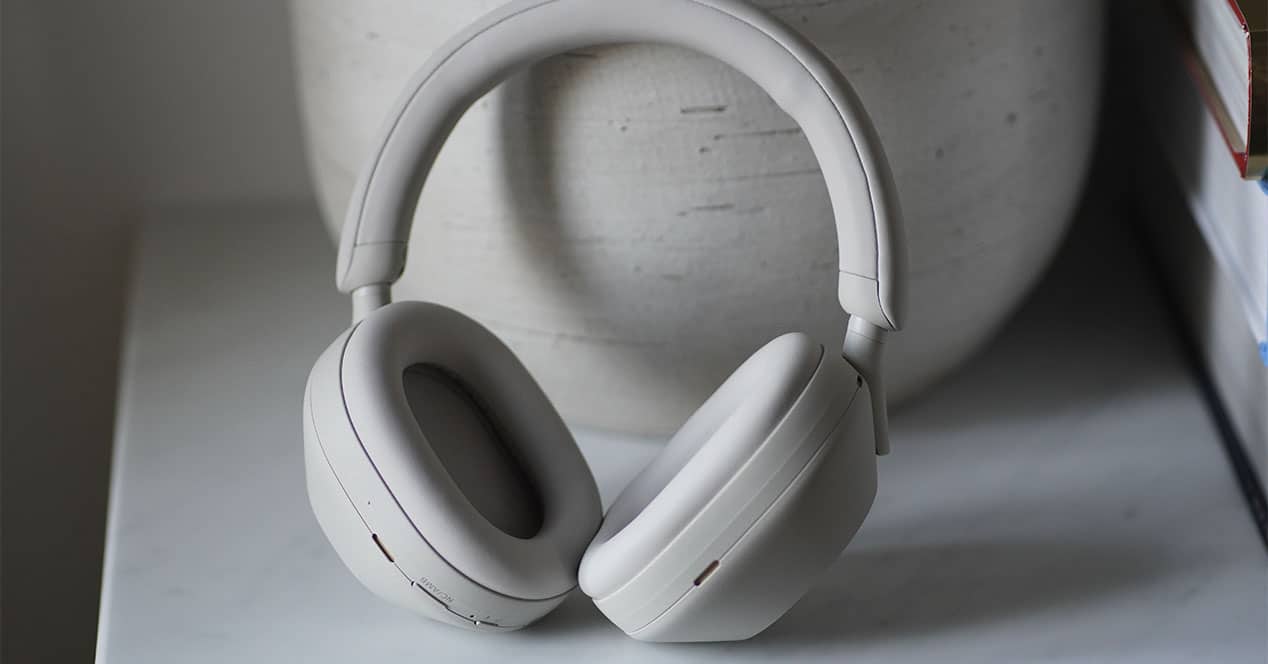
This is one of the most advanced codecs that we currently have. It is the explanation of why the wireless headphones of this brand are as famous as they are. It has three variants:
- LDAC 330kbps
- LDAC 660kbps
- LDAC 990kbps
Qualcomm aptX
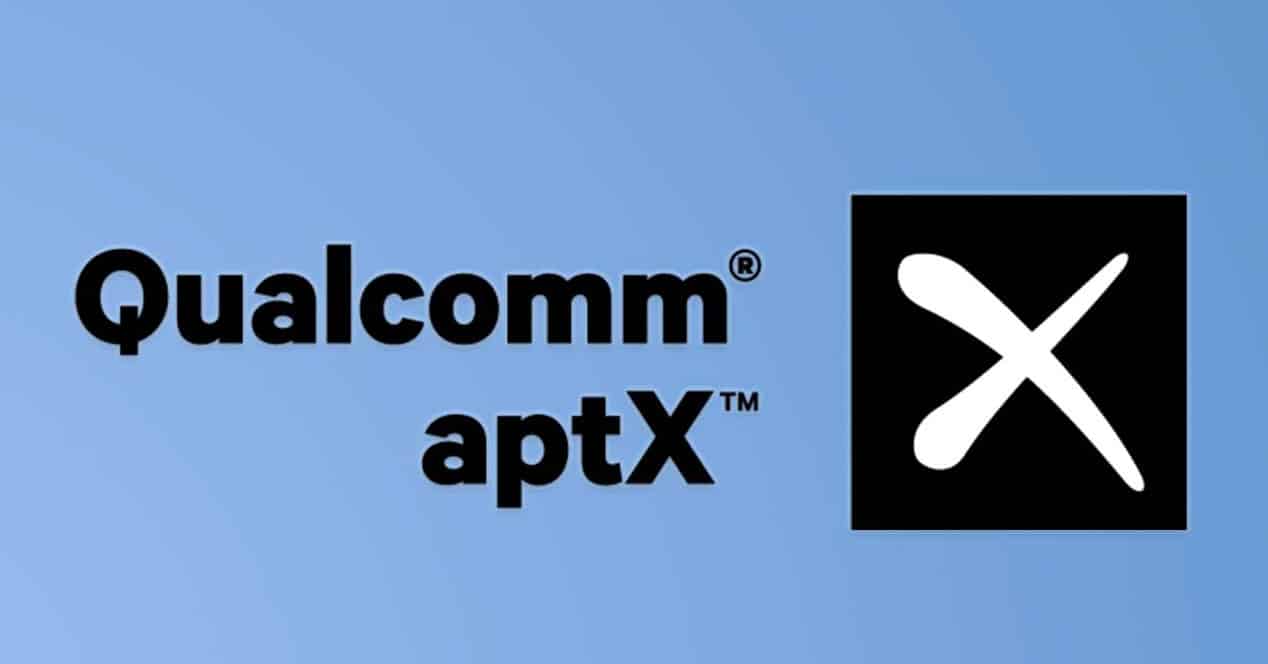
This codec began to be developed in the 80s. In 2015, Qualcomm took over it to develop it. They got three variants:
- Low latency: with aptX LL variant. It supports a rate around 30 ms.
- High Definition: with aptX HD variant. This codec is designed for listening to music. Latency is sacrificed to increase the maximum bitrate, being a standard that exceeds the sound quality of a CD, being able to move up to 576 kbps at 24 bit and 192 kHz.
- adaptive codec: Allows you to switch between aptX LL and aptX HD depending on what we are playing, even reaching intermediate values.
LDHC (Hi-Res Wireless Audio)
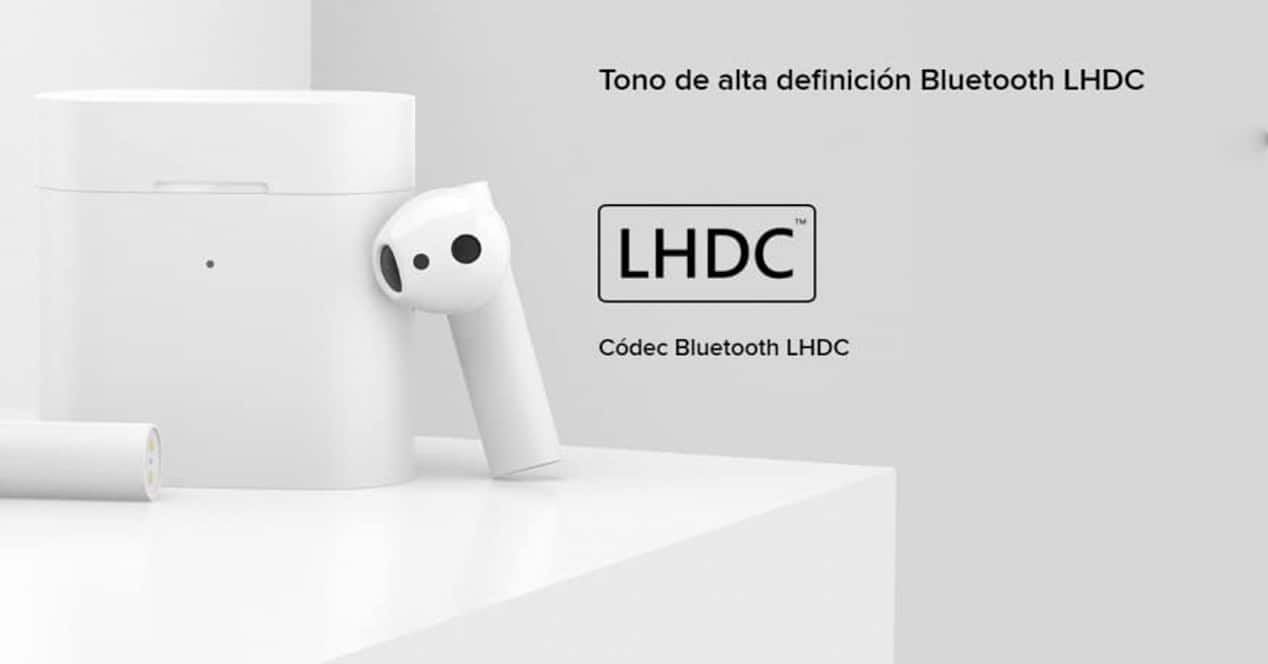
This codec has been developed by the HWA, and has two variants. The association is supported by important companies in the sector such as Sennheiser, AudioTechnica, Pioneer or Huawei. The codec is capable of delivering a maximum of 900 kbps at 24 bit and 96 KHz with a relatively low latency.
LC3
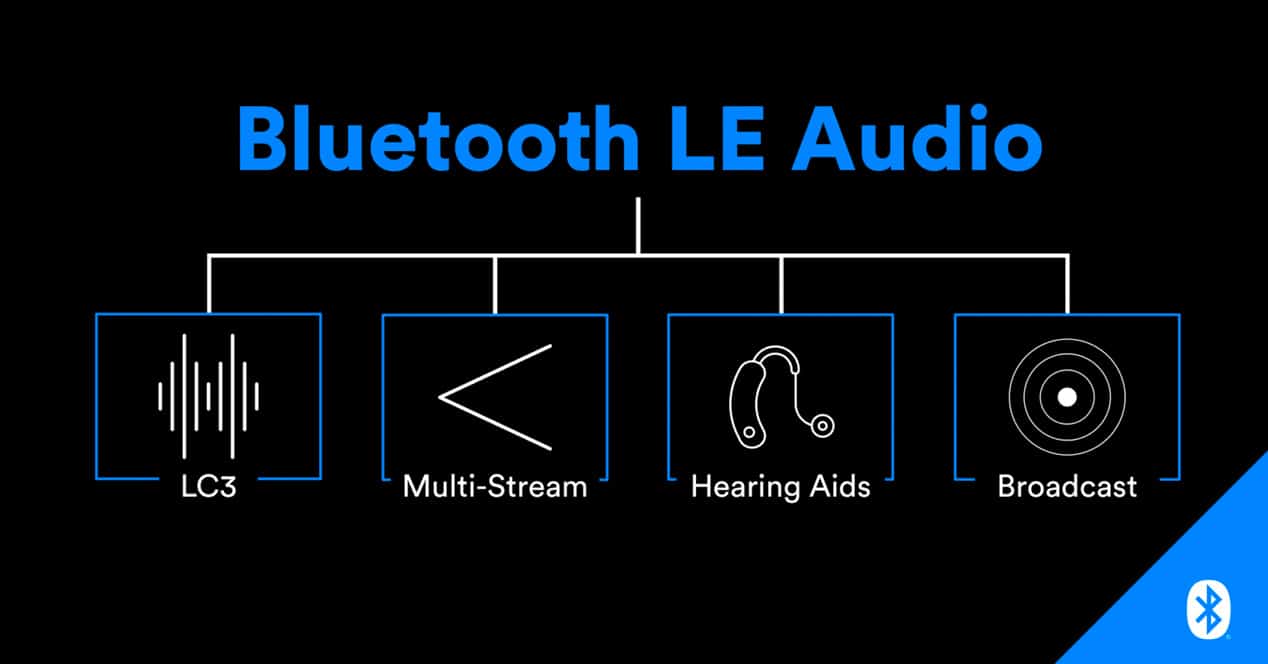
It allows a bitrate between 160 kbps and 345 kbps between 8 and 48 kHz with very low latency. It is a development of Bluetooth Special Interest Group (NEXT). It is included within the Bluetooth LE Audio technology.
How to fix latency issues on your Bluetooth headphones
Some solutions that work for minimize the latency of your headphones
Update codecs on both devices
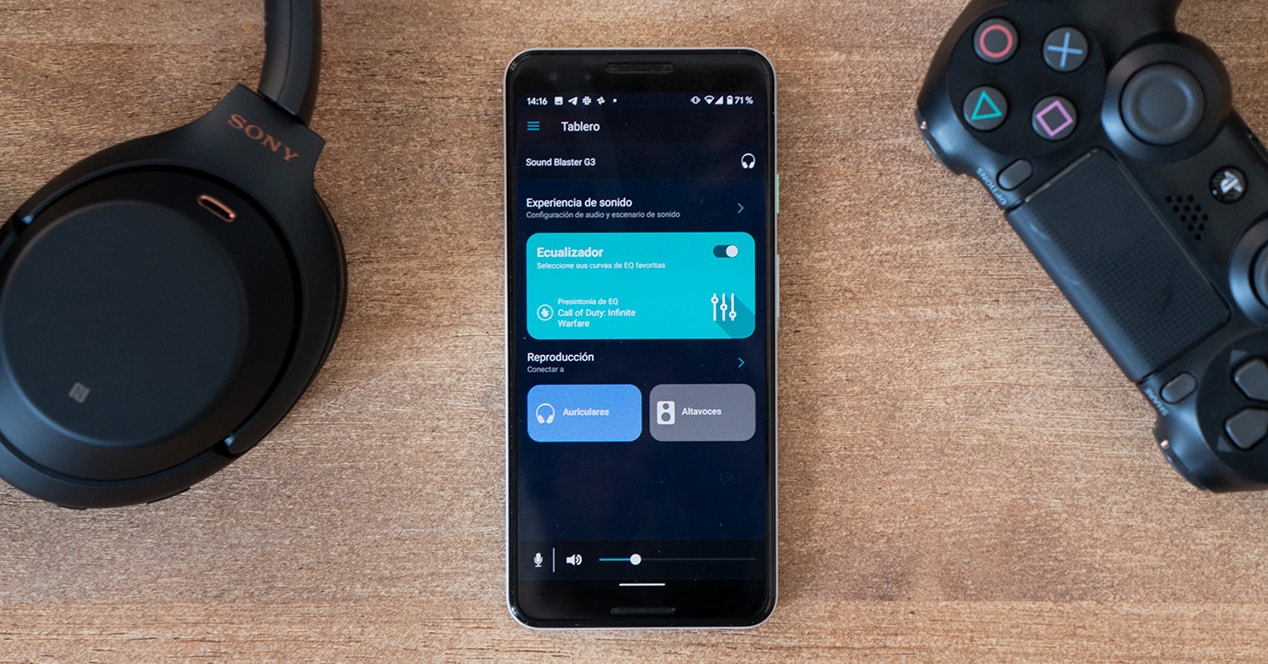
Now that you know the most important codecs out there, tap identify the ones that are compatible with your phone y your auriculares.
If you have an old mobile and new headphones, the latency problem may be there. Update the operating system and firmware of your headphones. The objective of this process is to avoid using the most generic codec, which, being the oldest, is obviously the one that works the worst.
Re-pair the device
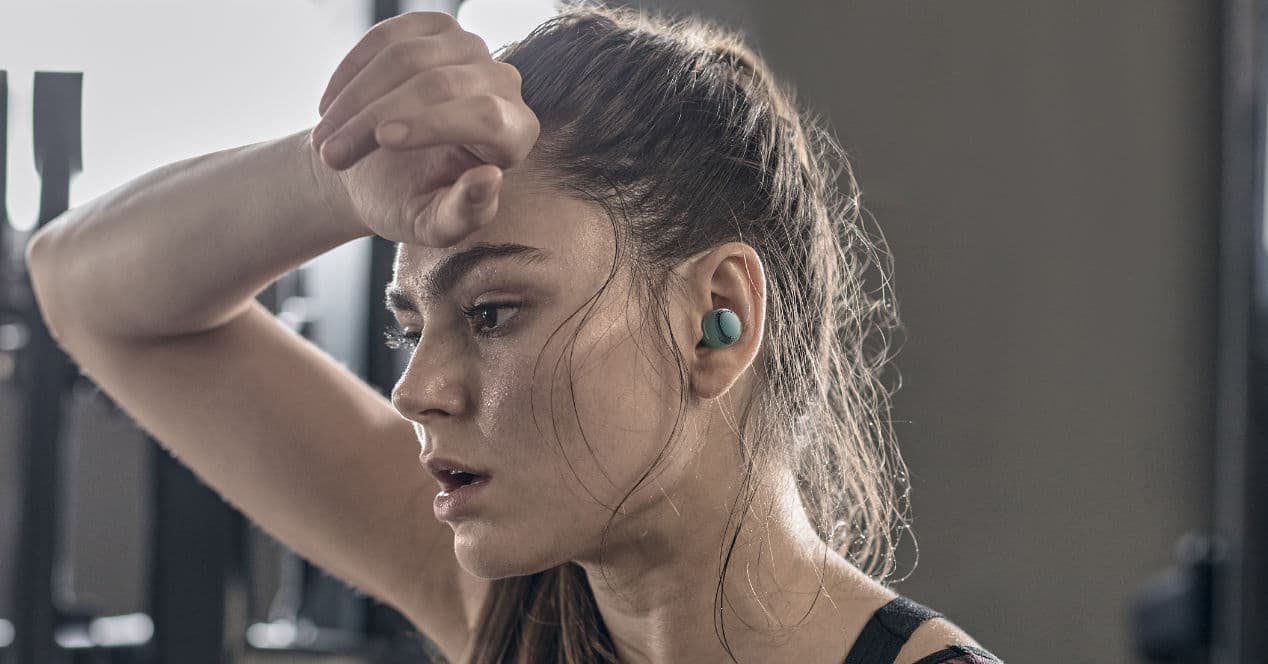
Sometimes, the problem is not so much the codec as a specific problem. You should pair the device again if you think there are connection issues or if you just notice latency in one of the two headphones.
Avoid interference
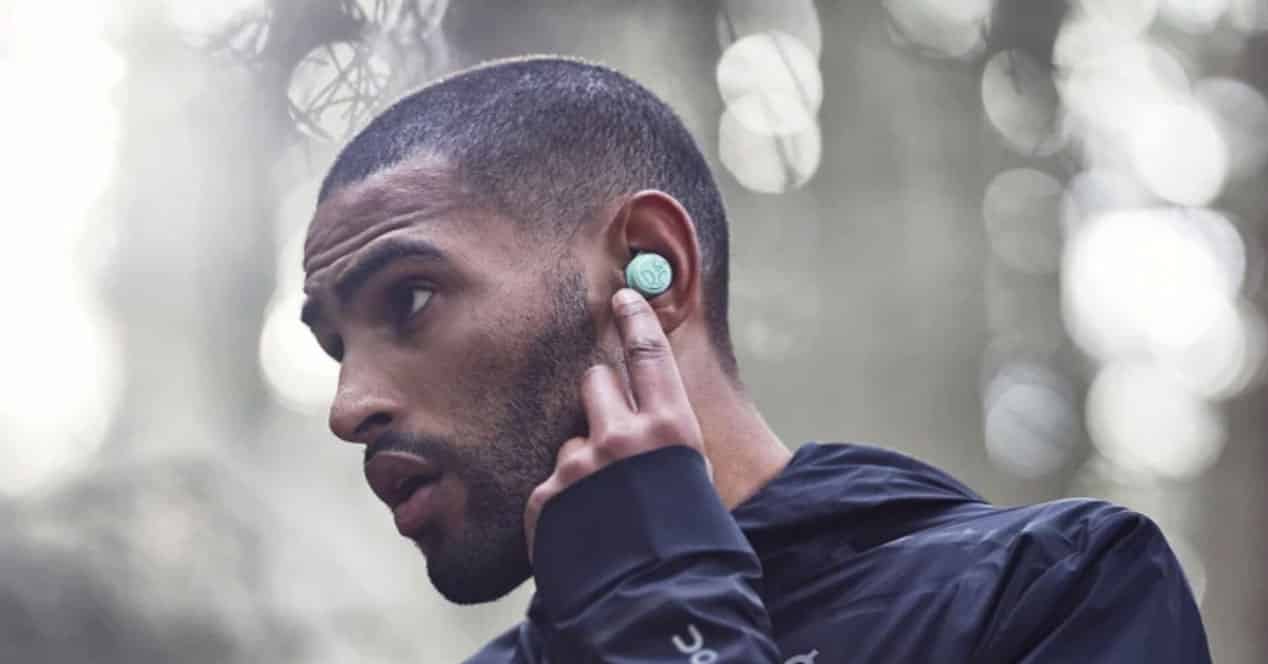
As we know, the connection via Bluetooth is very delicate. First of all, the maximum distance at which it usually works is 10 meters. Any obstacles may cause a malfunction.
If we have some devices connected and that also use Bluetooth, they could interfere with quality. This could cause interference and increase latency when listening to sound.
Not all mobiles and headphones are compatible
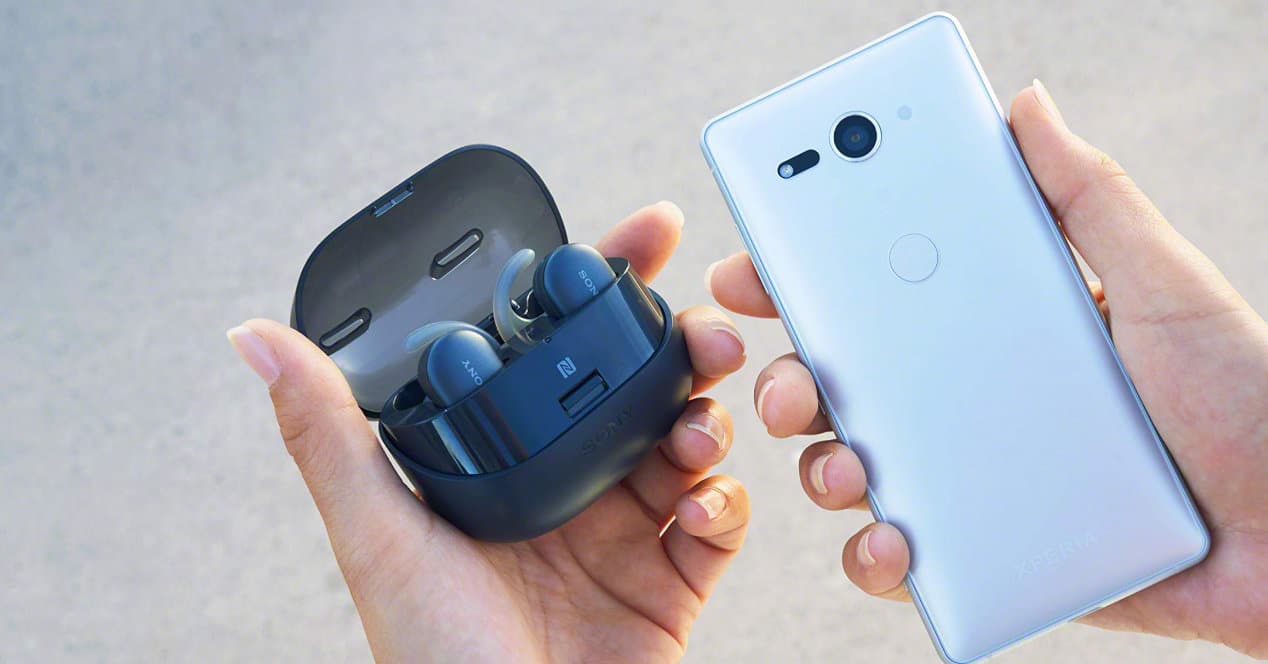
We return to the subject of codecs. Every headphone manufacturer that wants to use one of those marvelous codecs that we talked about in the previous section, has to go through the box —if their owners sell licenses, of course. The cheapest headphones only support the older codecs. Minimizing latency is going to be impossible. Now you understand why you can buy wireless headphones for the gym for ten euros, right?
But we can also have playback device problem. You can have very good headphones and a mobile whose manufacturer has not paid the use licenses for that codec. Result? The headset will work using a different codec. For this reason, AirPods are heard better on iPhones and Sony headphones are heard perfectly on any mobile that supports LDAC. By systems, things also vary. Android does not manage codecs well, and its inefficiency is noticeable when using one as computationally demanding as AAC.
Before buying a Bluetooth headset, look for the spec sheet of your phone and it analyzes well what codecs it supports. Then, get a pair of headphones that are compatible. Otherwise, your device will work with a codec that is not optimal. And so you will notice it both in quality and latency.